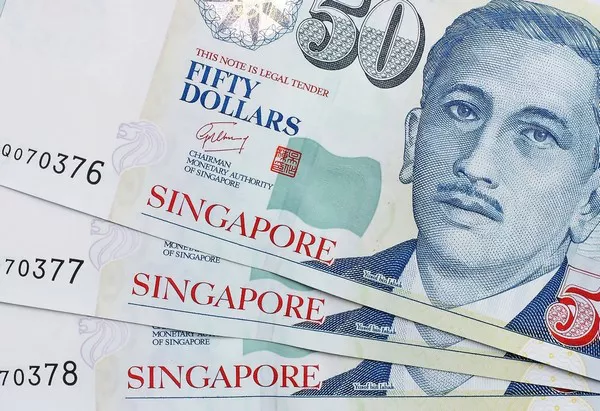The Singapore dollar (SGD) is the official currency of Singapore, a vibrant and prosperous nation in Southeast Asia. As a major global financial center and an economic powerhouse, Singapore’s currency plays a significant role in international trade and finance. In this article, we delve into the world of the Singapore dollar, exploring its history, characteristics, denominations, and its role in the global economy. By understanding the fundamentals of SGD, individuals can gain insights into the currency’s value, stability, and its impact on various aspects of Singaporean society and the global financial landscape.
History of the Singapore Dollar
a. Early Currency Systems: Singapore has a rich history of diverse currencies, including the Indian rupee, the Spanish dollar, and the Straits dollar. These currencies influenced the evolution of Singapore’s monetary system.
b. Establishment of the Singapore Dollar: The Singapore dollar was introduced in 1967, replacing the Malaysian dollar after Singapore’s separation from Malaysia. The currency’s establishment was a crucial step in Singapore’s journey toward economic independence.
c. Pegging to Other Currencies: In its early years, the SGD was pegged to a basket of currencies, including the British pound sterling and the U.S. dollar. However, Singapore eventually adopted a managed float regime to allow the SGD to fluctuate based on market forces.
Characteristics of the Singapore Dollar
a. Symbol and Code: The symbol for the Singapore dollar is “$” or “S$”, and its currency code is SGD. The code is derived from the official name of the currency, which is “Singapore dollar.”
b. Denominations: The Singapore dollar is divided into cents, with coins available in denominations of 1, 5, 10, 20, and 50 cents. Banknotes are available in denominations of 2, 5, 10, 20, 50, and 100 dollars.
c. Security Features: Singapore banknotes incorporate advanced security features, including watermarking, color-shifting ink, and raised print, to deter counterfeiting and ensure the integrity of the currency.
Monetary Policy and Governance
a. Monetary Authority of Singapore (MAS): The MAS is Singapore’s central bank and is responsible for formulating and implementing monetary policies to maintain price stability and promote sustainable economic growth.
b. Exchange Rate Policy: The SGD operates within a managed float regime, where the central bank intervenes to manage excessive exchange rate fluctuations. The MAS allows the SGD to fluctuate within a specified band against a basket of currencies.
c. Price Stability and Inflation Targeting: The MAS employs an inflation-targeting framework, aiming to keep inflation low and stable. This approach supports Singapore’s economic stability and ensures the purchasing power of the Singapore dollar.
The SGD in the Global Economy
a. Trade and Investment: As a major global financial hub, Singapore attracts significant foreign investment and conducts extensive international trade. The SGD facilitates transactions and investments, supporting Singapore’s thriving economy.
b. Regional Influence: The SGD plays a prominent role in Southeast Asia, serving as a reserve currency for neighboring countries. Its stability and reliability make it an attractive currency for regional trade and financial transactions.
c. International Financial Center: Singapore’s robust financial sector, including its currency market, contributes to its status as a leading international financial center. The SGD is widely accepted and traded in global foreign exchange markets.
Exchanging and Using SGD
a. Currency Exchange: Foreign visitors and residents can exchange their home currency for SGD at banks, exchange counters, or ATMs. Singapore has a well-developed banking system and numerous currency exchange facilities.
b. Payment Methods: The SGD is widely accepted throughout Singapore, and cash is commonly used for daily transactions. Credit and debit cards, mobile payment apps, and digital wallets are also widely used.
c. Currency Conversion Considerations: When converting SGD to other currencies, individuals should be mindful of exchange rates, fees, and conversion charges. It is advisable to compare rates and seek reputable currency exchange providers.
Conclusion
The Singapore dollar (SGD) holds a prominent position in the global financial landscape, reflecting Singapore’s economic prowess and stability. From its historical roots to its role as a reserve currency and a symbol of Singapore’s economic success, the SGD is an integral part of the nation’s identity. Understanding the characteristics, governance, and global significance of the SGD enables individuals to appreciate its value, navigate currency exchange, and appreciate its impact on Singaporean society and the global economy. As Singapore continues to thrive as a financial hub, the Singapore dollar remains a key driver of economic growth and a testament to the nation’s financial resilience and prosperity.


